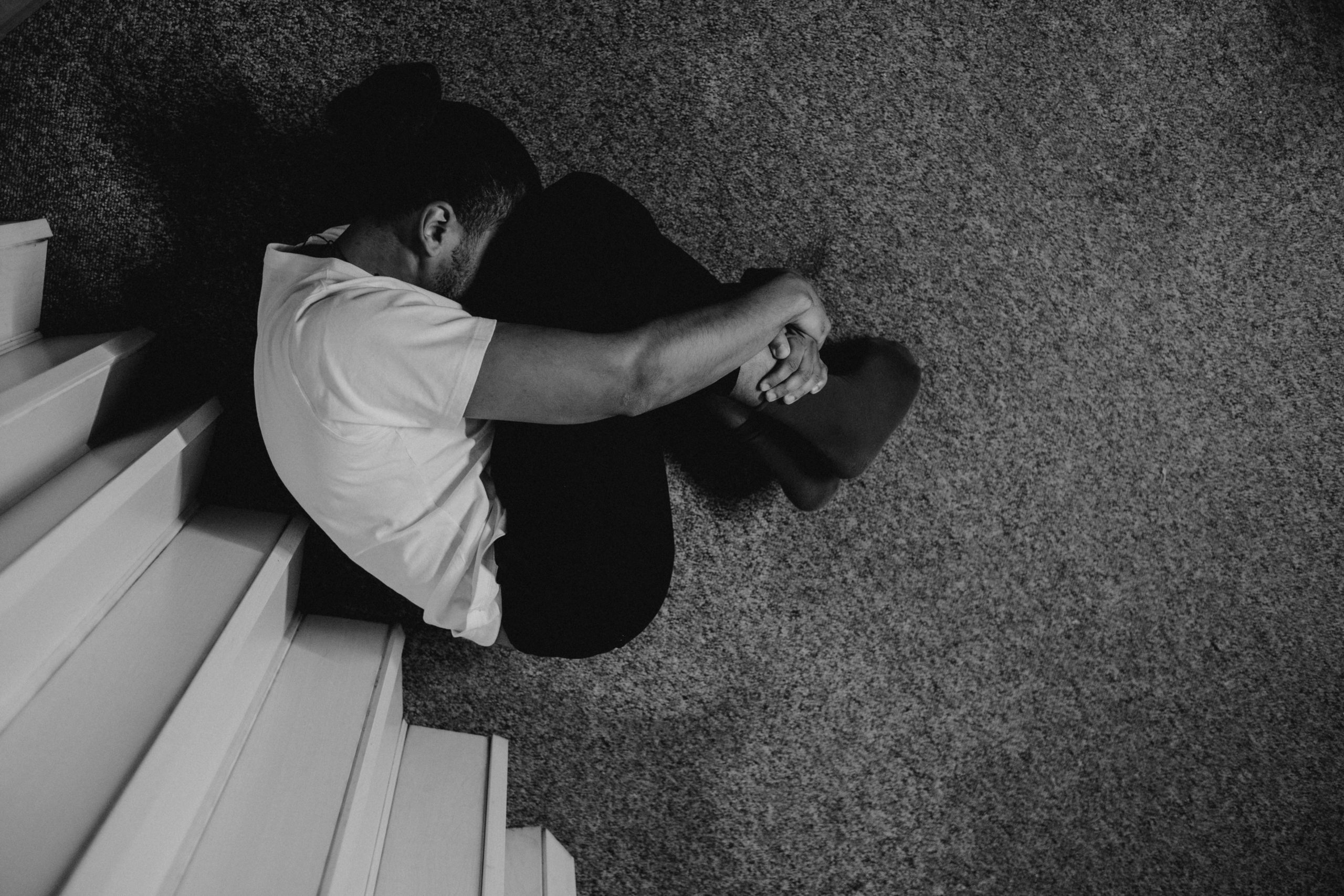CBT For Agoraphobia
CBT can be a beneficial treatment approach for individuals with agoraphobia, which is a type of anxiety disorder characterized by fear and avoidance of situations or places where escape may be difficult or embarrassing. CBT for agoraphobia typically involves addressing and modifying the thoughts, behaviors, and physical sensations associated with the fear of leaving familiar environments. Here are some ways in which CBT can help individuals with agoraphobia:
Gradual exposure and desensitization: CBT often involves gradual exposure to feared situations or places in a safe and controlled manner, accompanied by learning and applying coping skills to manage anxiety. This process helps individuals gradually confront and tolerate feared situations, and reduces avoidance behaviors. Through repeated exposure, individuals can develop a sense of mastery and confidence in facing previously feared situations.
Cognitive restructuring: CBT helps individuals identify and challenge unhelpful thoughts and beliefs that contribute to agoraphobia. This may include thoughts such as “I’m not safe outside,” “I will have a panic attack,” or “I won’t be able to escape.” CBT helps individuals learn to recognize and reframe these thoughts in a more balanced and realistic way, reducing anxiety and fear.

Relaxation and stress management techniques: CBT often includes teaching relaxation and stress management techniques, such as deep breathing, progressive muscle relaxation, and mindfulness, which can help individuals manage physical sensations of anxiety and increase their ability to cope with anxiety-provoking situations.
Problem-solving and coping skills: CBT helps individuals develop effective problem-solving and coping skills to manage difficulties that may arise in agoraphobic situations. This can include developing plans for managing panic symptoms, setting realistic goals, and using assertiveness skills to communicate needs and boundaries.
Identifying and modifying safety behaviors: CBT involves identifying and modifying safety behaviors, which are behaviors individuals engage in to cope with anxiety and avoid feared situations. Safety behaviors can inadvertently reinforce anxiety and avoidant behaviors. CBT helps individuals recognize and modify these safety behaviors, promoting gradual exposure and reduction of avoidance.
Addressing avoidance behaviors: CBT helps individuals address avoidance behaviors, which are common in agoraphobia. Avoidance behaviors can maintain and exacerbate anxiety, and prevent individuals from facing and overcoming their fears. CBT involves developing strategies to gradually face and approach avoided situations, with the support of a therapist.
Convincing someone with agoraphobia to seek help can be challenging, as individuals with agoraphobia often have strong avoidance behaviors and may be resistant to seeking treatment. Here are some strategies that may be helpful:
Provide information: Educate the person about agoraphobia and the effectiveness of CBT as a treatment approach. Provide accurate information about the nature of agoraphobia, its impact on daily functioning, and how CBT can help in managing and overcoming the condition.
Normalize emotions: Let the person know that experiencing fear and anxiety related to agoraphobia is normal, and that seeking help is a courageous step towards managing and overcoming those fears.
Offer support and empathy: Show understanding and empathy towards the person’s struggles with agoraphobia. Offer support and reassurance that they are not alone, and that help is available.
Highlight benefits of treatment: Emphasize the potential benefits of CBT, such as improved quality of life, increased ability to cope with anxiety, and increased confidence in facing feared situations.
Collaborative approach: Approach the person with a collaborative and non-judgmental attitude, and involve them in the decision-making process. Allow them to express their concerns and preferences, and work together to develop a treatment plan that feels acceptable and feasible to them.
Offer practical assistance: Offer practical assistance in achieving day to day goals.

CBT For Agoraphobia
Contact Clare today more information about the services we can offer.

